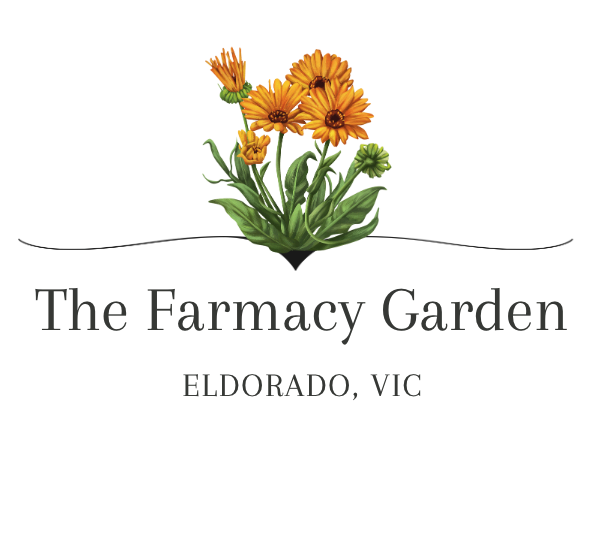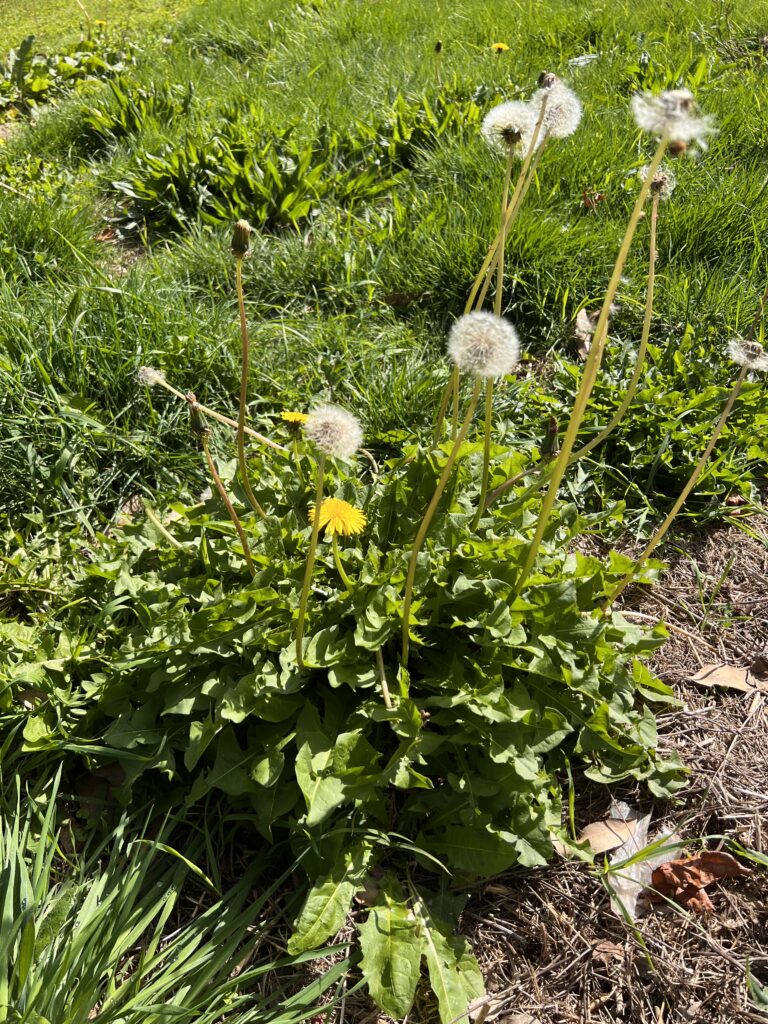Havesting
Dandelion
Now is the time that the dandelion are flourishing and I’ve been out harvesting. I wanted to show you how to identify for yourself because the cat’s ear or false dandelion (Hypochaeris radicata) is often mistaken for the true dandelion.
Identification of Dandelions in Australia
Dandelions, also known as Taraxacum officinale, can be found throughout Australia in a variety of habitats, including lawns, fields, meadows, and gardens. They are most commonly recognized by their bright yellow flowers, which are followed by a fluffy white seed head. The leaves of the dandelion plant are lobed and can range in size from 5 to 30cm in length. The plant typically grows between 10 to 30 cm in height, but it can grow up to 45 cm in some cases. The plant has a long, thick taproot that is typically a foot long or more. The root is usually brown on the outside and white on the inside.
As you can see in the images dandelions have a single flower on a stem and it is hollow. The leaves have a distinct saw tooth shape and are smooth. The false dandelion has a branched flower stem and fine hairs on the leaves with a more rounded shape.
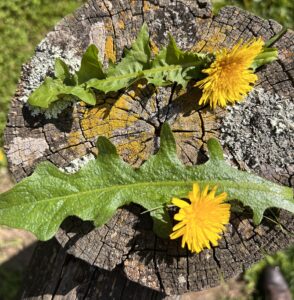
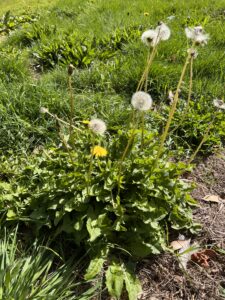
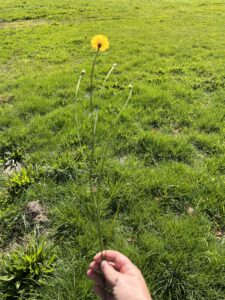
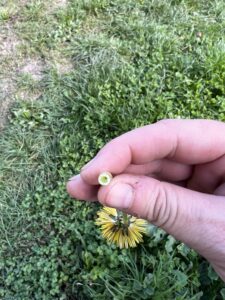
Medicinal Benefits of Dandelions in Australia
Dandelions have been used for centuries in traditional medicine, and they contain a number of beneficial compounds, including vitamins A, C, and K, as well as calcium, iron, and potassium. Here are some of the medicinal benefits associated with dandelions:
-
Liver Support: Dandelions are known to support liver health by promoting the production of bile, which helps to break down fats and aid digestion.
-
Digestive Health: Dandelions can help to improve digestion by stimulating the production of stomach acid and promoting the growth of beneficial gut bacteria.
-
Anti-Inflammatory: Dandelions have been found to have anti-inflammatory properties, which can help to reduce swelling and inflammation throughout the body.
-
Immune Boost: Dandelions are rich in antioxidants, which help to boost the immune system and protect the body against oxidative stress.
-
Diuretic: Dandelions can act as a natural diuretic, which can help to reduce water retention and bloating.
-
Skin Health: Dandelions have been used topically to treat skin conditions such as acne, eczema, and psoriasis, thanks to their anti-inflammatory and antibacterial properties.
How to Incorporate Dandelions into Your Diet in Australia
Dandelions are versatile and can be incorporated into your diet in a number of ways. The leaves can be added to salads or sautéed like spinach. The root can be roasted and ground to make a coffee substitute. Dandelion tea is also widely available and can be enjoyed hot or cold.
The humble dandelions are a common plant in Australia with many medicinal benefits that have been used for centuries in traditional medicine. By incorporating dandelions into your diet, you can support your liver, improve digestion, boost your immune system, and more. So, the next time you see dandelions in your garden or a nearby field, don’t be so quick to weed them out – they may just provide you with some health benefits.
I love using Dandelions in cooking, teas and tinctures. I’ve made some delicious and easy Dandelion fritters – the recipe is posted on FarmacyCo https://farmacyco.com.au/dandelion-fritters/
I also recently made some dandelion infused honey with flowers, I put the leaves in salad and smoothies and I love a good Dandelion root chai. Roasting the roots make it a little more nutty in flavour and is a great substitute for coffee.
You can use the root, leaves and flowers of Dandelion so don’t be afraid to get out and pick yours.
